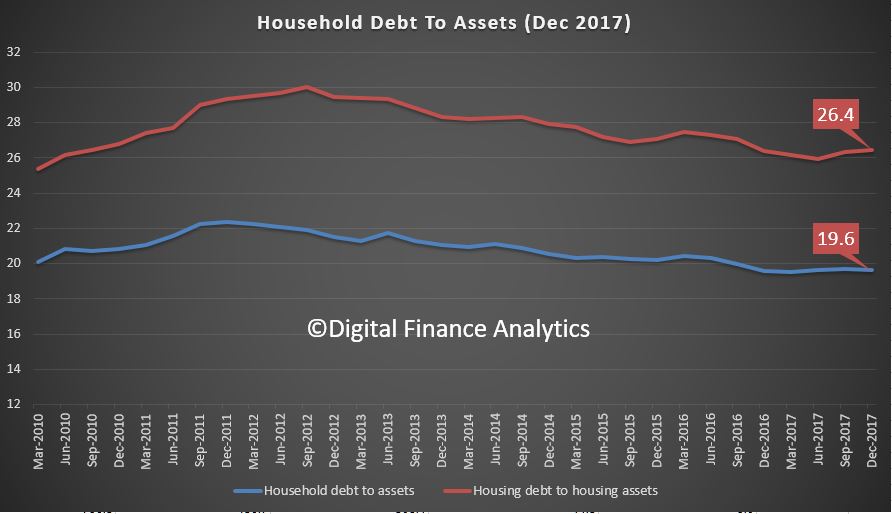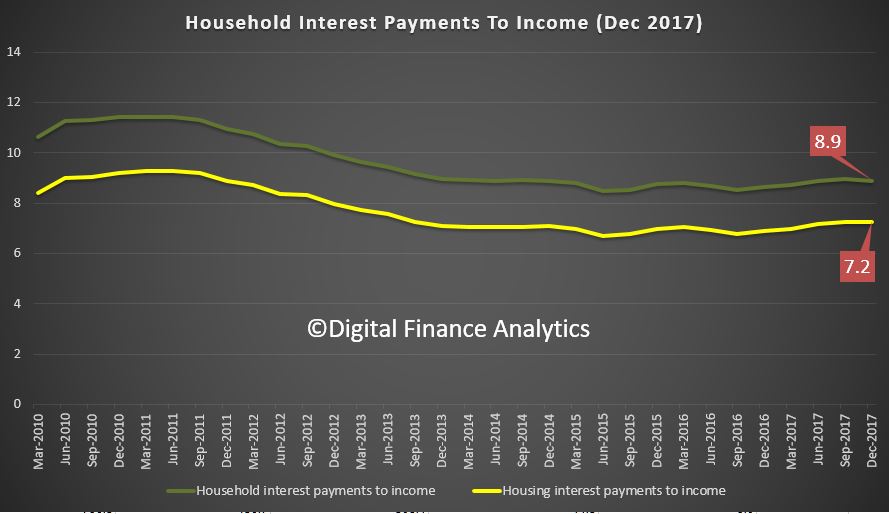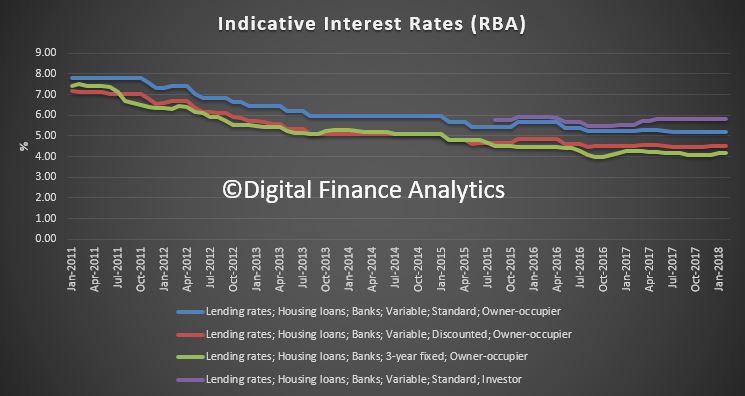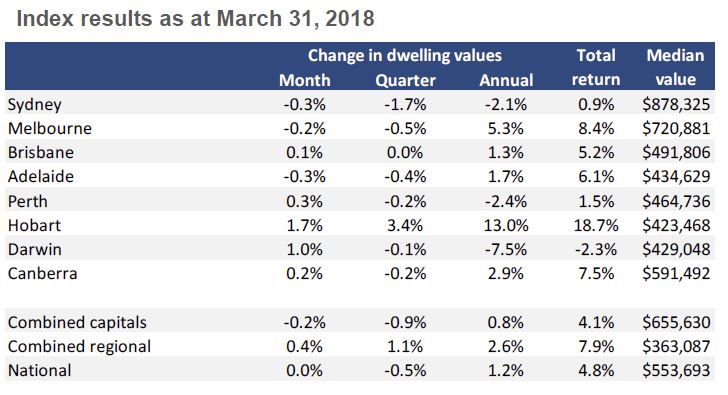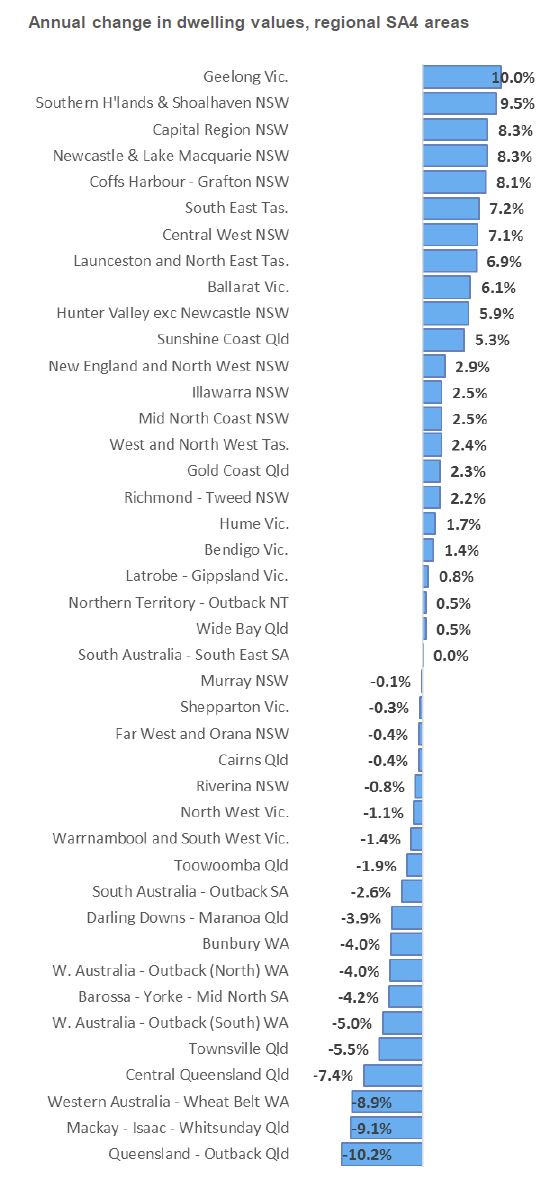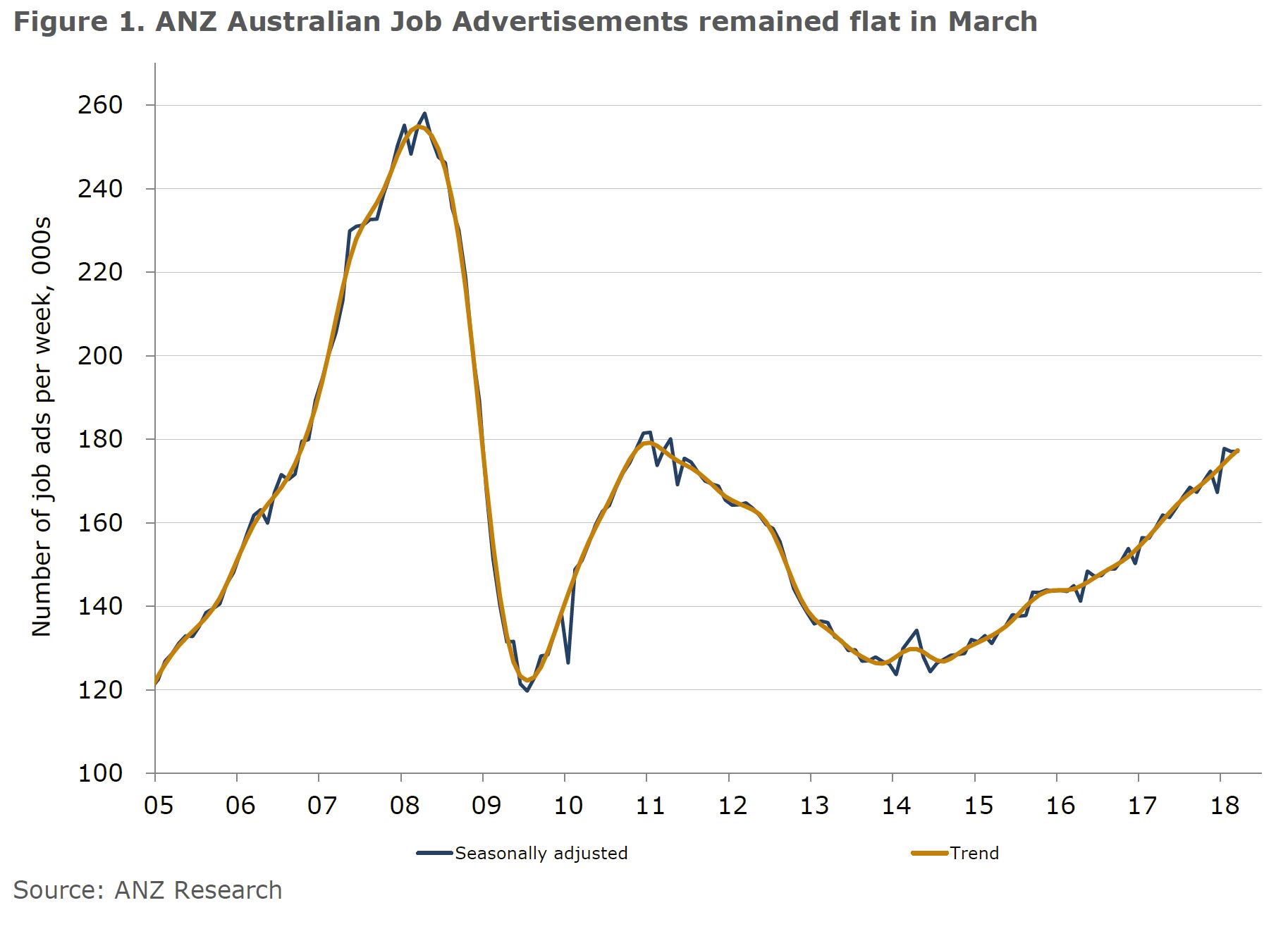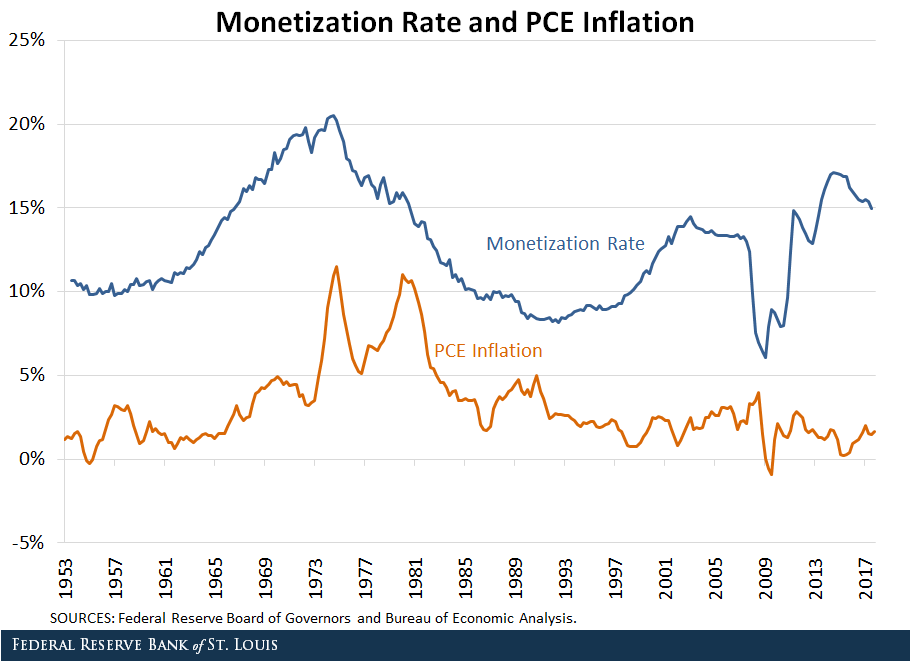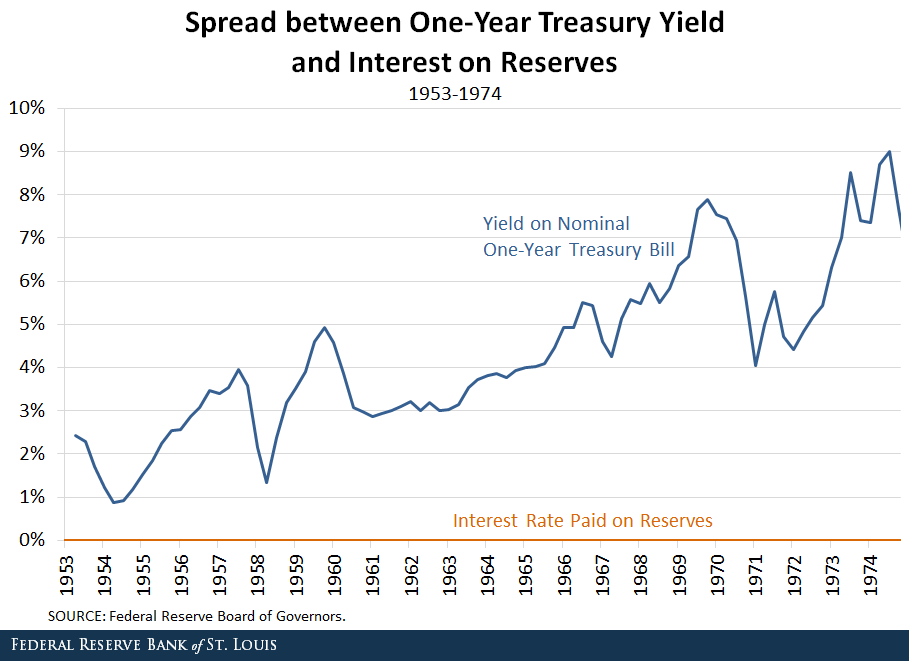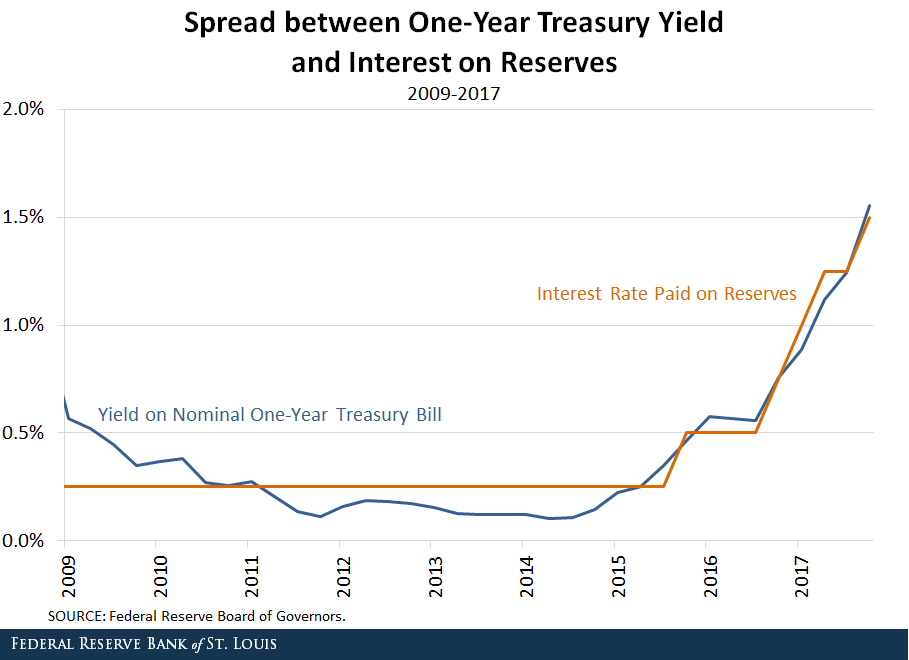The Reserve Bank of Australia has revealed that it believes all brokers should be required to act in a consumer’s “best interests”.
In its response to the Productivity Commission’s draft report into competition in the Australian financial system, the RBA came out in support of several of the commission’s draft recommendations.
Notably, the central bank revealed that it was in support of the draft recommendation that the Australian Securities and Investments Commission impose on lender-owned mortgage aggregators (and the brokers that operate under them) a “clear legal duty” to act in the consumer’s best interests.
Further, the RBA called for such a duty to be extended to all brokers, not just those operating under lender-owned aggregators.
The bank’s submission reads: “The bank supports the draft recommendation to require lender-owned aggregators and the brokers who operate through them to act in consumers’ best interests… We would support extending this to all brokers.
“While there may be some benefit in enhancing mortgage broker disclosure requirements to consumers to improve transparency, it is important to recognise that some consumers may nonetheless still not fully understand the information provided (given its complexity and the backdrop of consumers not taking out a mortgage frequently).
“Steps to address the underlying conflicts of interest and misaligned incentives are therefore crucial to improving consumer outcomes.”
Further to this, the RBA pulled on several findings from ASIC’s remuneration review, highlighting a number of other factors that it believes “inhibit the effectiveness of competition through mortgage brokers”.
These included:
- Smaller lenders find it harder to get onto aggregator panels due to fixed costs
- Brokers need to be accredited with a particular lender to sell their loans and they have incentives — “partly due to variations in commissions and the burden of seeking accreditation” — to concentrate their recommendations on a small number of lenders rather than the whole panel of potential lenders
- Lenders “may compete on their incentives to brokers, rather than on the quality of their loan products, creating competitive barriers for smaller lenders who find it too costly to offer such incentives”
- Higher commissions for brokers “may also drive up costs for consumers”
The RBA said that it is therefore in support of “enhancing” the transparency of mortgage interest rates paid by borrowers.
It suggested that possible ways of doing this could include “asking the banks to publish these rates directly” or “conducting a survey of the largest mortgage brokers to obtain representative rates”.
The RBA made several other statements in its submission, including:
- The bank agrees that, when formulating prudential regulatory measures, it is important that any potential effects on competition be considered
- It did not believe that the setting of the cash rate either constrains competition or substantially facilitates price co-ordination (as had been suggested by the PC)
- The bank supports the commission’s draft recommendation to make risk weights “more sensitive to risk”
- It did not recommend excluding warehouse loans to non-ADIs from the scope of Prudential Standard APS 120 as it “opens the possibility of regulatory arbitrage by treating loans of identical risk differently depending on who the ultimate lender is”
- The RBA agrees that a review of the regulation of Purchased Payment Facilities “would be desirable” and that a tiered prudential regime is “likely to be appropriate”
- It agrees with the commission’s draft recommendation that merchants should be provided with the ability to determine the default network for contactless transactions using dual-network cards




